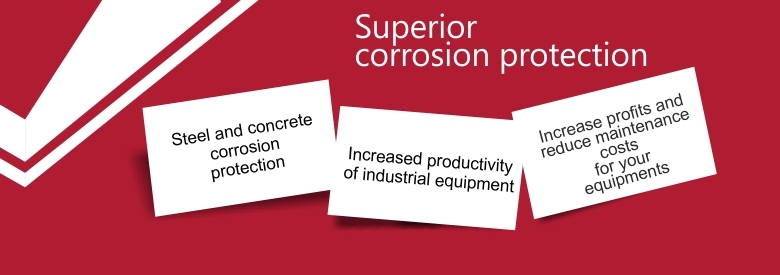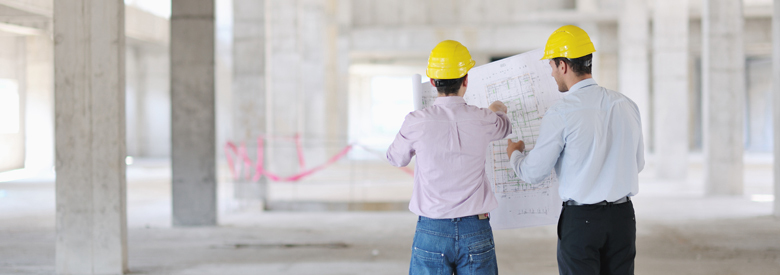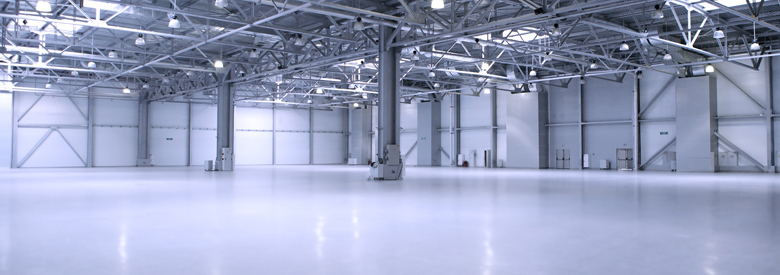Metal surface preparation before painting
Surface preparation for applying paint to metal is the first important step in the application of corrosion protection systems. Not only the choice of material applied shows an important role in the final outcome, but support preparation also, having a direct effect on durability, adhesion and resistance conferred by the coating.
Execution of metal surface preparation requires planning in periods to get the best quality surface without contaminants (rust, grease, moisture, dust). Also all metal surfaces to be protected with paint for metal, must be properly designed and manufactured so that quality standards are met (NACE RP0178, EN 14879-1, ASTM 4618, EN ISO 8501-1, EN ISO 8502).
Metal surfaces must be flat, without bending, with appropriate thickness to withstand the stresses that will occur during the application of corrosion protection. Special attention is recommended in this area of welding joints. All welds planned for coating must be continuous without empty spaces and smooth, without holes, or other parts left. At every corner welding pores need to be removed by grinding before blasting the metal surface.
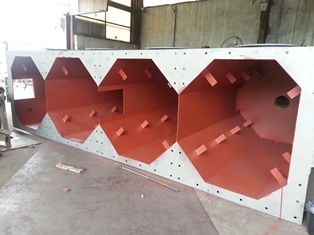
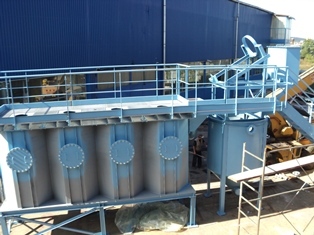
The main objective of preparing metal surfaces before applying paint to metal is to ensure the elimination of surface contamination. The recommended procedures are shown in international standard ISO 8504: 1992, which specifies the need for cleaning all grease, salt, oil, soluble substances. For surface degreasing one of the most common solution is washing with the solvents and drying with a clean cloth.
Rust and old paint remaining coating can be removed manually by brushing, scraping or chipping. Methods for cleaning by hand but may be incomplete, with the risk of still having rust on the metal surface. Much more effective for removing debris is using abrasive blasting (sand, gravel, grit, steel shot blasting etc.). The degree of blast depends on a number of factors, among which the most important is the coating system selected.
We recommend, for best results, the metal surface preparation to be done on the spot, otherwise it is beneficial and necessary to cover the surface. All equipment used must be kept clean and safe areas, and optimal operating conditions, so they do not affect the quality of the metal surface.
Surface temperature must not be less than + 3C and relative humidity in the work area must not touch 90%.

